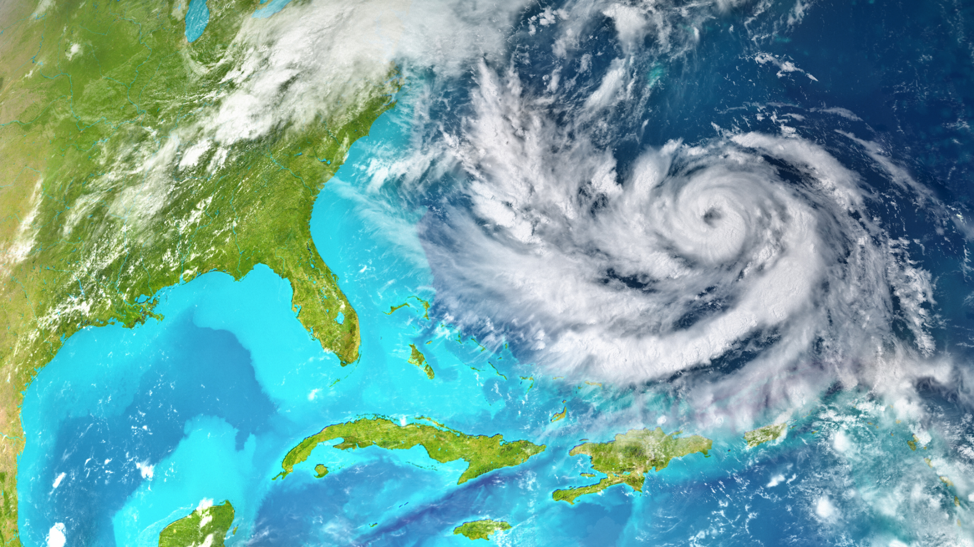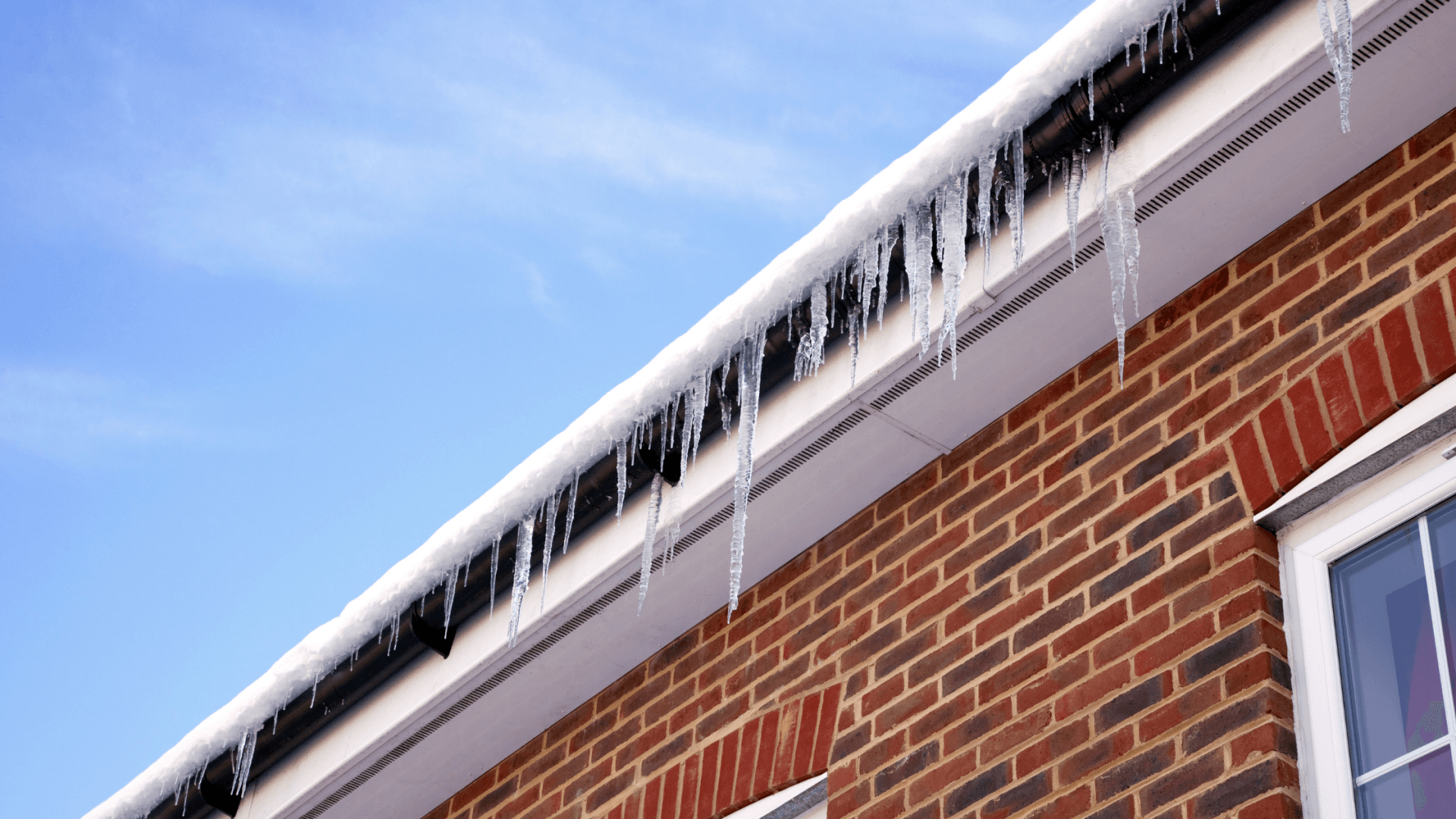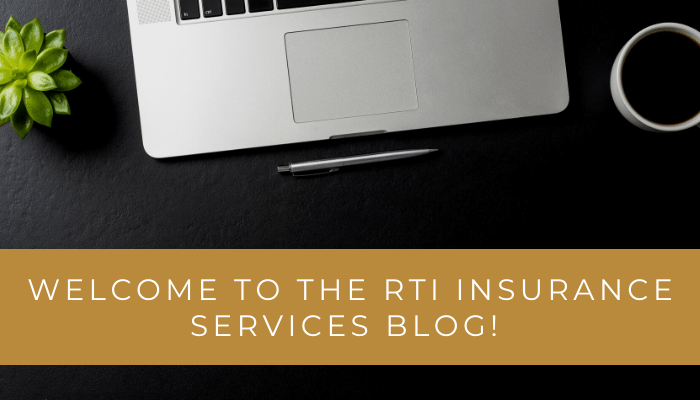Time Element vs. Broad-Form CPL: What’s the Difference
Hibu Websites • February 11, 2021
Pollution coverage in the oil and gas industry is becoming an increasingly popular topic among contractors and in order to know what the best coverage is for your business, you have to gain a basic understanding of the difference between the offerings.
In this blog post, we’re focusing on two of the most common, time element and broad-form CPL.
Before we dig into the details, let’s first define pollution insurance.
Pollution insurance is insurance that covers costs related to pollution such as pollution clean-up and liability claims for pollution-related injuries, illnesses, and fatalities.
Pollution Insurance Options for the Oil & Gas Industry
The energy industry
fluctuates and with these ebbs and flows comes increased or decreased insurance risks.
That’s why it’s important for oil and gas contractors to make sure their pollution insurance grows and aligns with their business.
As mentioned before, two of the most common types of pollution coverage in the oil and gas industry are time element and broad-form CPL.
Time Element Pollution Coverage
This type of pollution coverage is time sensitive and tends to exclude clean up and for oil and gas contractors will exclude completed operations and Action Over.
Simply put, time element pollution coverage is based on time. If you discover and report an issue in a specific timeframe, you’re covered and if you don’t, you’re without coverage.
Time element pollution coverage has two windows.
The first is the discovery phase which a company has 24 - 48 hours to discover the problem. The next window is reporting the problem to the carrier in a 72 hour timeframe.
If either of these deadlines are missed, the company will not be covered.
Time element pollution coverage is a more cost-effective form of insurance and is usually enough for a number of oil and gas contractors, however, it’s accompanied with exponential risk if a problem is not discovered and/or reported in the designated time periods.
Broad-form CPL
Comparatively speaking, though broad-form CPL is the more expensive pollution insurance option, it offers more coverage.
That’s because the discovery and reporting phases aren’t a determining factor if a claim is covered or not.
For example, let’s say an accident happens but the damage isn’t discovered until a later date. In this situation, a company with broad-form CPL insurance would still be covered. Whereas a company with time element coverage would not be covered and would have to pay the expenses out-of-pocket.
It’s important to note, broad-form CPL isn’t limited to above or below ground, in or out of water and air transmission.
If you’d like to learn more about oil, gas, and energy insurance options, contact our Pittsburgh office, today.









Share On: